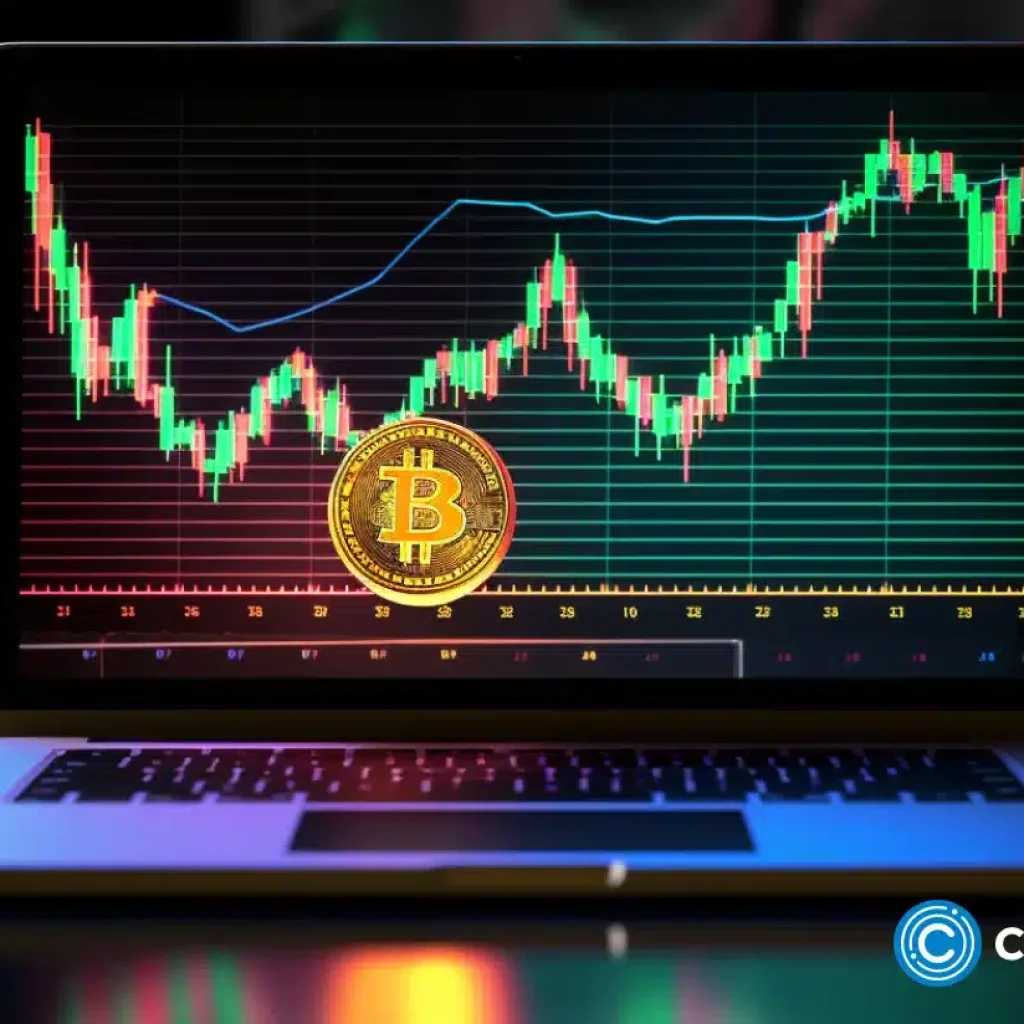USDT, the largest stablecoin in the crypto industry by market capitalization, has faced a series of depegging incidents throughout August, according to recent research by Kaiko. Stablecoins, which are digital currencies pegged to specific assets like the U.S. dollar or British pound, are designed to maintain a stable value. However, in times of extreme market volatility, they can deviate from their pegged value.
Stablecoins role in the crypto industry
Stablecoins play a crucial role in the cryptocurrency ecosystem by providing stability and a familiar reference point for traders and investors. These coins are meant to maintain a 1:1 peg with their underlying assets, such as the U.S. dollar. However, various factors can lead to deviations from this peg. Historically, instances of the stablecoin losing its peg to the U.S. dollar have been attributed to multiple factors.
These include the presence of a redemption fee imposed by its issuer, Tether, reduced liquidity in the market, and minimum redeemable amount requirements established by Tether. Kaiko analyst Riyad Carey introduced a new metric called “depeg severity,” which is based on a stablecoin’s total trading volume. This metric reveals that as the trading volume of a stablecoin increase, the threshold for depegging decreases.
In other words, higher trading volumes make stablecoins more sensitive to deviations from their pegged value, potentially leading to depegging events. While the stablecoin has experienced depegging events, other stablecoins like TUSD, BUSD, DAI, and USDC have also encountered minor depegging incidents throughout the year. However, the Kaiko report suggests that these stablecoins were relatively more stable and less sensitive to deviations from the U.S. dollar.
According to the Kaiko report, the most severe depegging incident for the stablecoin in 2023 occurred on August 7th at around 8 am UTC when USDT traded at a 2% discount compared to its $1 peg on nearly every trading platform. This depegging event followed reports of approximately $500 million in net selling of USDT across major crypto exchanges like Binance, Huobi, and Uniswap. Riyad Carey, the Kaiko analyst, points out that USDT faces a peg stability problem.
Proposed solutions for USDT’s stability
The presence of a redemption fee and minimum requirements for redeeming USDT for USD means that it can be more rational for USDT holders to sell the token on the market rather than redeem it with Tether. Over time, this has led to a decrease in liquidity, making the market less capable of absorbing significant USDT selling. While the price deviations for USDT have not been huge in absolute terms, the consistent discount is a cause for concern and could erode trust in the stablecoin if it continues.
Users and investors expect stablecoins to maintain their pegged value, and any deviations may lead to skepticism in the market. In response to these findings, Carey suggests that Tether should consider removing its redemption fee and minimum requirements. Removing the fee could have a positive impact on the stability of USDT. Tether reported substantial profits in Q2, and the removal of the fee may not significantly affect these profits unless it significantly decreases the supply of USDT.
Currently, Tether charges a 0.1% fee for fiat withdrawals over $1,000, meaning that USDT is redeemable at $0.99, with the minimum fiat withdrawal or deposit set at $100,000. Additionally, users are required to pay a non-refundable verification fee of $150, aimed at ensuring that only serious individuals establish accounts with Tether. The recent depegging incidents of USDT in August raised concerns about the stability and trustworthiness of the cryptocurrency.
While other stablecoins have also faced minor depegging events, USDT’s consistent discount relative to its peg is a cause for concern. The suggestion to remove the redemption fee and minimum requirements could be a viable solution to improve USDT’s stability. These developments highlight the importance of maintaining the peg of stablecoins, which play a crucial role in the broader cryptocurrency ecosystem.





